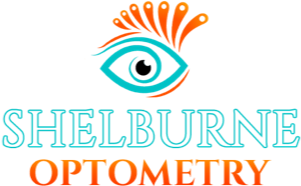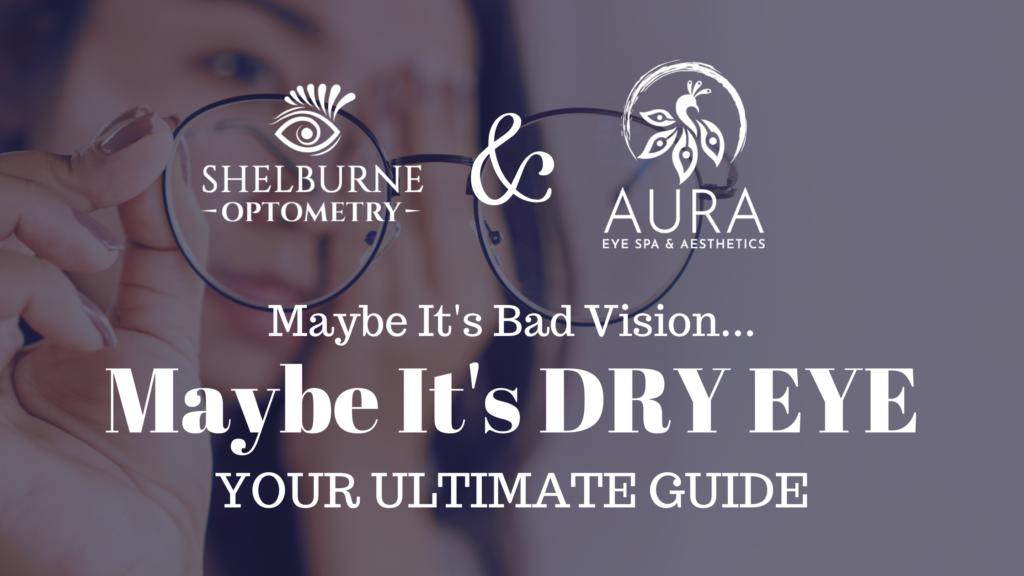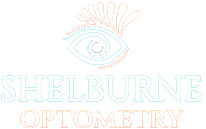The blog post we’ve all been waiting for: DRY EYE DISEASE. We’re happy to present you with the ULTIMATE GUIDE to protect yourself against it, and treat it effectively when it sneaks up on you anyway.
What is Dry Eye Disease?
Dry Eye (also known as Ocular Surface Disease) is a multifactorial disease that results from either aqueous deficiency (too little tear production) or “evaporative dry eye” (too much evaporation of the tear film). It can develop whether you’re producing too little tear film or too much, or even the wrong kind. We’ll get into all three possibilities in this post.
“But isn’t Dry Eye totally normal?”
Sure! It’s also common (I’m talking literally millions of people). That doesn’t mean it’s comfortable, or that ignoring it can’t lead to worsening symptoms, or even the risk of worse conditions. (Contact Lens Wearers to the front of the line, please!)
Things such as allergies and screen-time can significantly increase the symptoms of dry eye, which we’ll get into later in this post. Regardless of how common it is, leaving it untreated can have consequences, and one of the more serious outcomes is deteriorating vision.
Luckily, there are many treatments available for dry eye, no matter how advanced your symptoms.
Symptoms of Dry Eye
If you experience any of these symptoms, or a combination of them, dry eye may be the culprit:
- Blurred vision – it would amaze you how clear your vision may actually be with proper eye lubrication!
- Burning or stinging
- Difficulty driving at night – we tend to concentrate harder in the dark, causing us to blink less
- Excessive tears – this may sound odd (“But tears are supposed to be good!”), but excessive tear production can be overcompensation for excessive dryness
- Eye fatigue (tired eyes)
- Foreign Object Sensation – my favourite mystery symptom: a feeling like you’ve got something in your eye, but by golly, there is nothing there.
- Light sensitivity
- Redness and/or irritation
- Scratchy or gritty sensations
- Stringy mucus (yum)
- Uncomfortable contact lens wear
Untreated dry eyes can affect your quality of life with all its discomfort, and can even harm your eyes over time. Excessive and chronic dry eye can actually cause real damage to your sensitive corneal tissues, up to and including scarring, which can and will impair your vision.
What Causes Dry Eye?
Our tear film has three layers: oil, water, and mucus.
The layer of oil is created by our meibomian glands (located along the inner rims of our eyelids) and sits on the outside of your tears, keeping them smooth and extending their moisture time.
The water layer is beneath the oil, and is created by our lacrimal glands (little brain-looking glands above our eyeballs). This layer makes up most of what we experience as tears, and is responsible for keeping our eyes free of debris.
The mucus layer is created by our conjunctiva (a thin layer of membrane that covers our inner eyelids and the visible whites of our eyes—FUN FACT: the membrane transitions directly from our inner eyelids to our visible eyeball, which means it creates a barrier that blocks anything from being able to end up behind our eyes! So no, you’re not secretly hoarding old contact lenses from high school back there.). The mucus layer assists in spreading the water layer across our eyeball and making sure our tears stick to the surface and do their job.
If our eyes don’t produce enough tears, or if even one of these layers is not producing normally, we can end up with dry eyes. Here are some other causes:
- Age – hormonal changes can lead to a decrease in natural tear production (this is more common in women, especially following menopause).
- Air Conditioning & Heating (extensive exposure to cycling air)
- Allergies
- Blepharitis – a common condition where the eyelids become red and itchy, sometimes swollen, and can produce a flaky, dandruff crust along our lashes. It occurs most commonly due to bacterial build-up, and is super common among false-eyelash and eyelash-extension wearers who neglect their lid hygiene.
- Contact Lenses – either wearing the wrong kind (not properly fitted), or wearing them for extensive periods of time (Please! 👏 Don’t! 👏 Sleep! 👏 In! 👏 Your! 👏 Contacts! 👏)
- Diseases such as Lupus, Rheumatoid Arthritis, Sjögren’s Syndrome, and Thyroid Disease
- Ectropia or Entropia – conditions wherein the eyelids turn outward or inward
- Environmental conditions (drier climates with low humidity, pollution, etc.)
- Excessive UV exposure
- Hair Dryers (extensive use)
- Improper blinking habits – yeah, this is a thing. It occurs when we blink too quickly and our eyelids are unable to “seal” properly, exposing our eyes to open air longer, and prohibiting proper distribution of tears.
- Medications (dry eye is only one reason we ask for a list at your annual exam):
- Antihistamines (for allergies or colds)
- Anxiety and antidepressant medications
- Beta-blockers (for heart and blood pressure conditions)
- Diuretics (water pills)
- Heartburn medications
- Oral contraceptives
- Sleeping pills
- Omega-3 deficiency
- Refractive Eye Surgery, such as LASIK
- Screen Time – cellphones, tablets, computers, etc. (more on these below)
- Smoke – from recreational smoking of any kind, campfires, bbqs, etc.
Dry Eye and Screen Time
We’re spending more time staring at electronic screens than we ever have before. Between our mobile phones, tablets, laptops, desktop computers, e-readers, handheld video games, and the TV, we’re constantly exposing our eyes to a level of focus they’re doing their best to adapt to.
You may not know this, but our focus when looking at electronic screens is so all-consuming that we actually forget to blink (the one natural function needed to ensure our eyes remain hydrated with tear film through the day). In fact, when staring at screens we actually tend to blink up to 60% less than normal, or more. This causes significant dry eye development and acceleration.
The average human blink takes a tenth of a second. I promise you will not miss anything detrimental to your high score or project or latest novel. Just blink. And keep some good, optometrist-backed eye drops nearby just in case.
How We Diagnose and Treat Dry Eye
At Shelburne Optometry, we pride ourselves on our extensive dedication to helping relieve our patients of Dry Eye Disease’s uncomfortable symptoms. While dry eye can be chronic, and therefore not cured entirely, there are many ways to treat it and make the experience much more comfortable. Our Dry Eye Clinic is an important part of our beloved Aura Eye Spa, the first of its kind in Dufferin County.
We can actually diagnose your dry eye at a regular comprehensive eye exam, using any of the following methods:
- Diagnostic Staining – a dye test to evaluate the quality, distribution, and volume of your tears. This test helps discover a physical cause of your dry eyes.
- InflammaDry – we collect a sample of your tears to measure inflammatory markers called MMP-9. The results are seen in 10 minutes. Higher levels of MMP-9 mean you are more likely to experience dry eye symptoms.
- Meibox – a device that uses meibography (specialised imaging) to evaluate the structure and function of the meibomian glands. You may recall these little dudes are responsible for producing the oil in the oily layer of your tear film. If your tears lack oil, they can evaporate too quickly, leaving you with the uncomfortable symptoms of dry eye.
- TearLab – This measures the osmolarity of your tears. Tear osmolarity refers to the amount of salt in your tears. Abnormal tear osmolarity can affect tear production, retention, distribution, and elimination.
We also have a handy Dry Eye Questionnaire on our website!
We recommend dry eye treatments tailored to the individual needs of each patient and their lifestyle. Here are just some of our favourite recommendations:
- Artificial tears and lubricants (eye drops), which are not all created equal! Many drugstore eye drops simply mask the symptoms of dry eye (such as reducing redness) but don’t actually treat the condition itself. Here are some of our faves:
- Hylo, Hylo Dual (for allergies), and Hylo Gel (for extra hydration)
- Thealoz Duo (one of our most popular sellers and fantastic for these hot months when we spend more time around our A/C), and Thealoz Gel
- Bruder Mask – a moist heat eye compress
- PRN Omega-3 Supplements (available in 90 capsules, 180 capsules, 270 capsules, and a high potency liquid form)
- Zaspray – a novel preservative-free 3-in-1 spray designed to hydrate, lubricate, and soothe itchy, irritated, red eyes brought on by allergies.
We also offer the following in-office treatments through our Aura Eye Spa:
- Blepharoexfoliation (AB Max) – The AB Max is designed to remove debris from the eyelid and eyelashes to treat anterior blepharitis. This deep cleansing device will exfoliate your eyelid with microsponges to improve eyelid hygiene and overall eyelid health. The treatment only takes around 5–8 minutes.
- InMode Lumecca Intense Pulsed Light (IPL) Treatment – a device that uses Intense Pulsed Light (IPL) to treat the irregular blood vessels that cause inflammation of the meibomian glands, giving instant relief even after just one treatment.
- TempSure Envi Radiofrequency (RF) Treatment – the gold standard in radiofrequency treatment for dry eye disease. It uses gentle heat to promote collagen production in the skin using cutting-edge technology. When applied to the eyelids, it can help rebuild and treat malfunctioning tear glands, a leading cause of dry eye today.
- Zocular Eyelid System Treatment (ZEST) – a gentle exfoliating treatment used to clean the eyelids. An okra-based solution is used in combination with a sponge applicator to remove dead cells and debris that can cause infection and inflammation. ZEST helps promote good eyelid hygiene while combating demodex and blepharitis.
If you experience any of the symptoms listed in a previous section of this post, or you’re unsure about your dry eye status, we recommend booking your annual eye exam so your doctor can properly diagnose you. We also offer a specialised appointment called a Dry Eye Diagnostic Work Up wherein your optometrist will team up with our Ocular Hygienist (shout out to Ashleigh!) to conduct a thorough diagnostic screening to confirm the root cause, type and severity of your dry eye, and recommend the best treatment plan, tailored just for you.
For Our Eyelash Extension Queens
Improper lid hygiene can lead to blepharitis (mentioned earlier in this post), which can lead to dry eye. This is even more common in those who enjoy the use of lash extensions. Lid hygiene becomes even more important, as there is more surface area for bacteria to grab onto.
For you queens, we recommend the We Love Eyes In Between Eyelash Cleansing Brush and Tea Tree Eyelid Foaming Cleanser. You’re welcome.
Final Thoughts
As a sufferer of dry eye myself (two LASIK treatments, improper blinking, and daily computer work on 2 screens), I can absolutely attest to the benefits of proper dry eye treatment. In fact, my annual eye exam revealed that my vision was not as bad as I perceived it to be, I simply needed to address the issues causing my dry eye.
A tricky condition with a lot of possible factors, dry eye remains a common discomfort amongst many people. But with proper diagnosis, and following the advice of your optometrist, relief is in sight (“see” what I did there?).
As always, we recommend taking your eye health seriously, so you can keep making memories you’ll remember clearly when you look back on them.
Wishing you all the best in wherever your path takes you today,
Sydney
